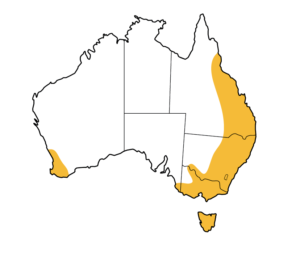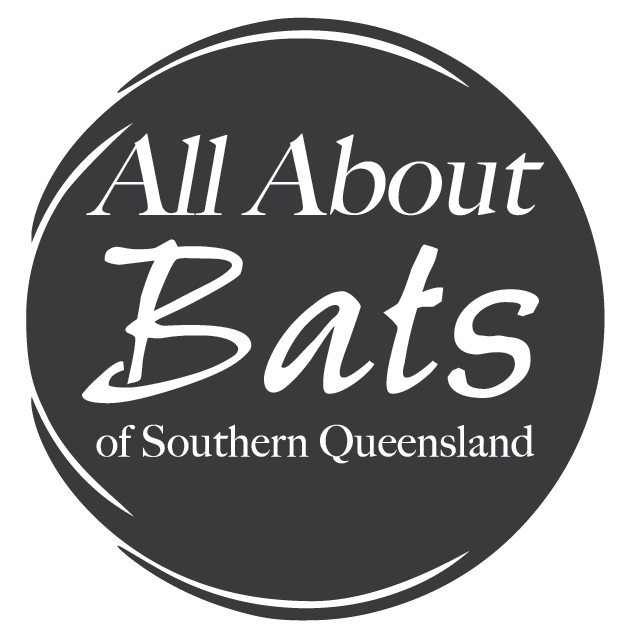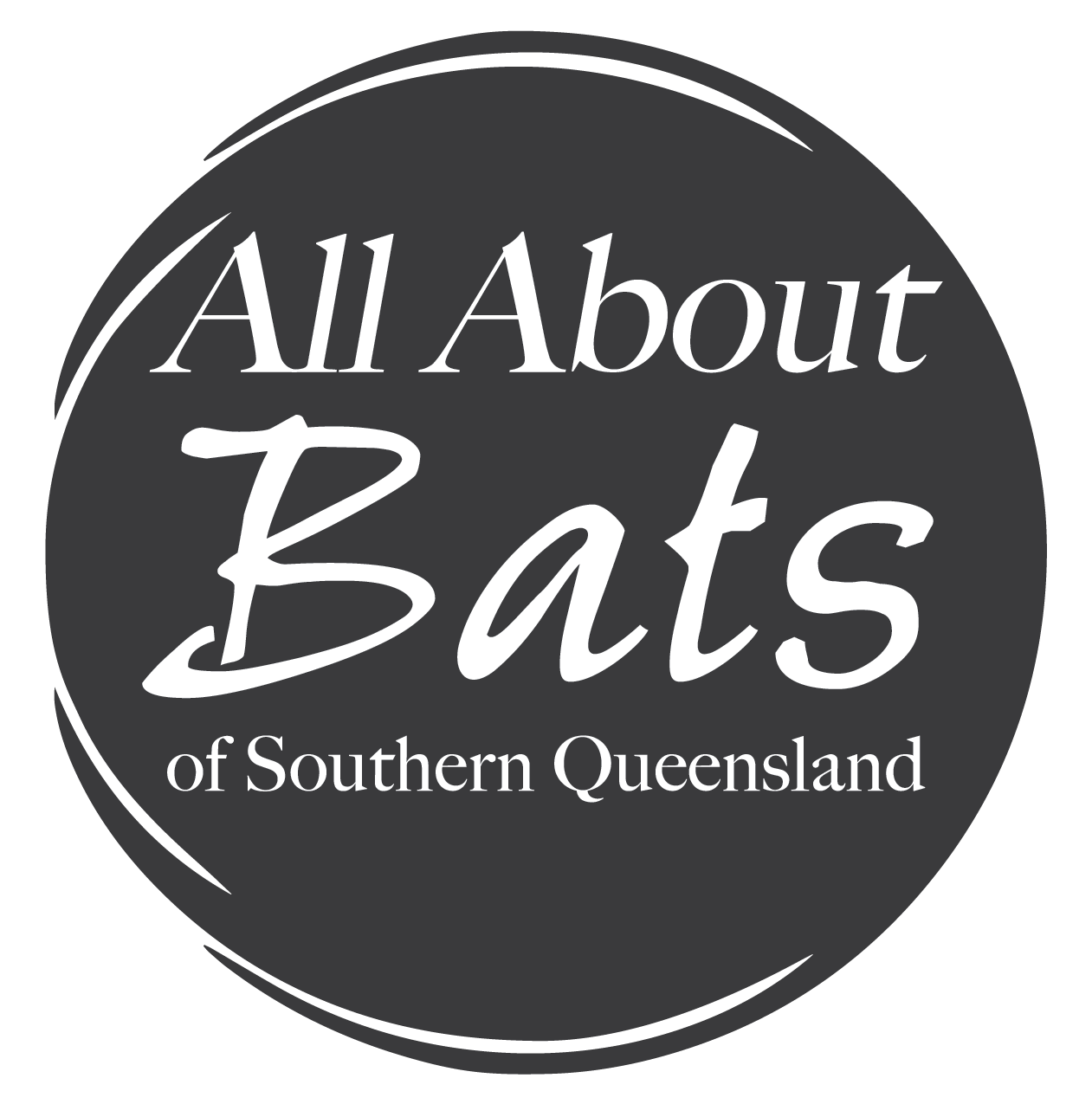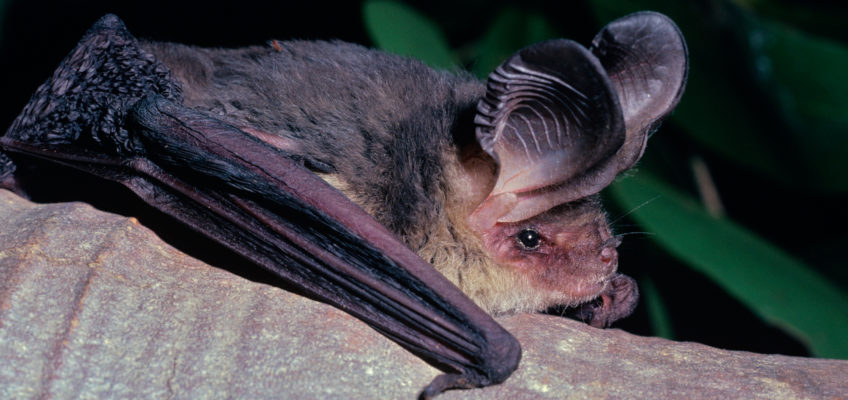Nyctophilus gouldi
The Gould’s long-eared bat has slate grey to brown fur on the back and ash grey on the belly. This species has longer ears than N. bifax bifax; they are usually 24 to 30 mm long. This bat is known for its habit of changing roost sites regularly. It will readily occupy bat boxes.
 Habitat
Habitat
These bats will roost in tree hollows and under peeling bark. Females will roost in groups of 20 or more, whereas males will roost in small groups (fewer than six) or alone. They tend to live in a variety of habitats including rainforest, forest and woodlands, along watercourses in dry woodlands and river redgum forests. They are slow flying bats and keep to 2-5 m above the ground when feeding on moths, beetles, crickets, flies, cockroaches and other insects. They have also been recorded landing on the ground to catch prey.
Breeding
One or two young are born in late October.
Predators and Threats
Goannas, hawks, owls and cats. Loss of tree roosts from clearing and wildfire.
Photo: Les Hall
Sources:
Churchill, S. (2008) Australian Bats (2nd Edition). Allen and Unwin, Sydney.
Hall, L. (2009) Bats, A Wild Australia Guide. Steve Parish Publishing, Queensland.
Atlas of Living Australia


